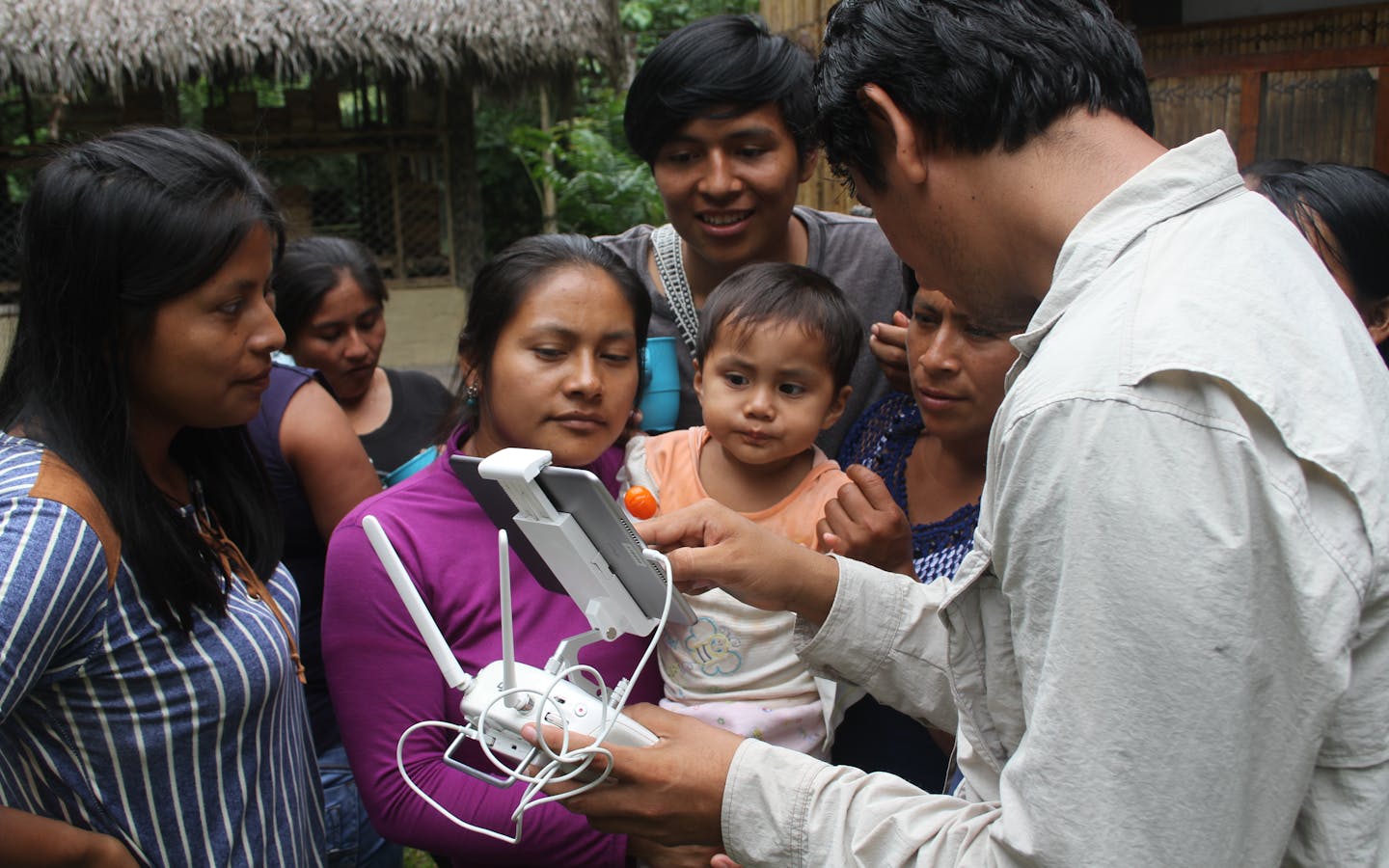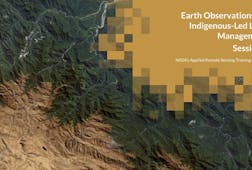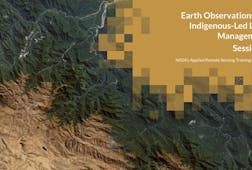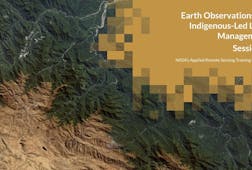NOTE: This initiative has ended, and as of January 2025, this webpage is no longer being updated regularly.
For millennia, Indigenous peoples have used traditional practices to protect the nature they depend on. But their lands face new and rapidly growing pressures in the face of climate breakdown and development.
Though data from satellites, drones and sensors could help track threats to Indigenous lands, from illegal logging to mining, many Indigenous peoples lack access to this technology. Until now.
By the numbers
Indigenous peoples use or manage more than a quarter of Earth's surface, yet represent just 5 percent of the world's population.
Forests inhabited by Indigenous peoples store six times the amount of all human-caused carbon emissions in 2018.
How we work

In partnership with NASA, Conservation International’s Earth Observations for Indigenous-led Land Management (EO4IM) project puts technologically advanced monitoring tools — and the training to use those tools — in the hands of Indigenous peoples.
Conservation International piloted the EO4IM program with the Awajún people of Peru and the Achuar Nation of Ecuador — two Indigenous groups whose land is increasingly vulnerable to encroachment from new migrant settlements and illegal logging.
Through a collaborative process including in-person assessments of community needs, training courses and a NASA webinar series, the EO4IM program supported Indigenous peoples to use geospatial technology — tools to map and monitor Earth’s geographies — to address threats to their lands.
Drawing from the lessons learned through EO4IM, Conservation International is developing targeted trainings and materials to support Indigenous peoples as they build on their existing knowledge of nature to help face modern threats to their lands, waters, and resources.
Supporting Indigenous peoples to conserve and continue to sustainably manage their territories is critical for reducing climate-warming carbon emissions, improving resilience to climate breakdown, protecting wildlife and conserving the heritage of Indigenous cultures around the world.
We have many challenges with colonizers in our territories who destroy our forests and resources, and technology can help us. Our communities are traditional, yes, but we can learn to use these tools through this project and they will help us manage our lands.
Awajún leader
Publications
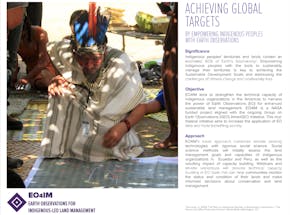
EO4IM Factsheet - Achieving Global Targets
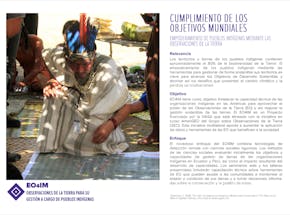
EO4IM Factsheet - Cumplimiento de los Objetivos Mundiales

EO4IM Factsheet - Matching Tools and Techniques to Sustainability Goals
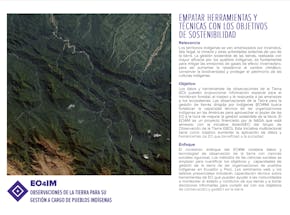
EO4IM Factsheet - Empatar Herramientas y Técnicas con los Objetivos de Sostenibilidad
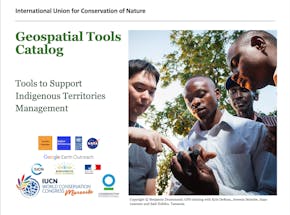
Geospatial Tools Catalog (English)
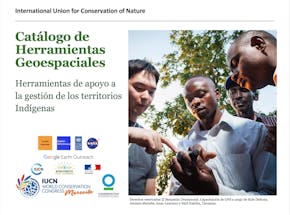
Geospatial Tools Catalog (Español)
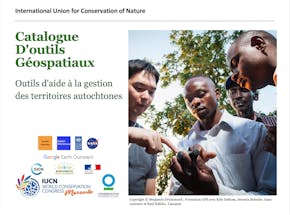
Geospatial Tools Catalog (Français)
